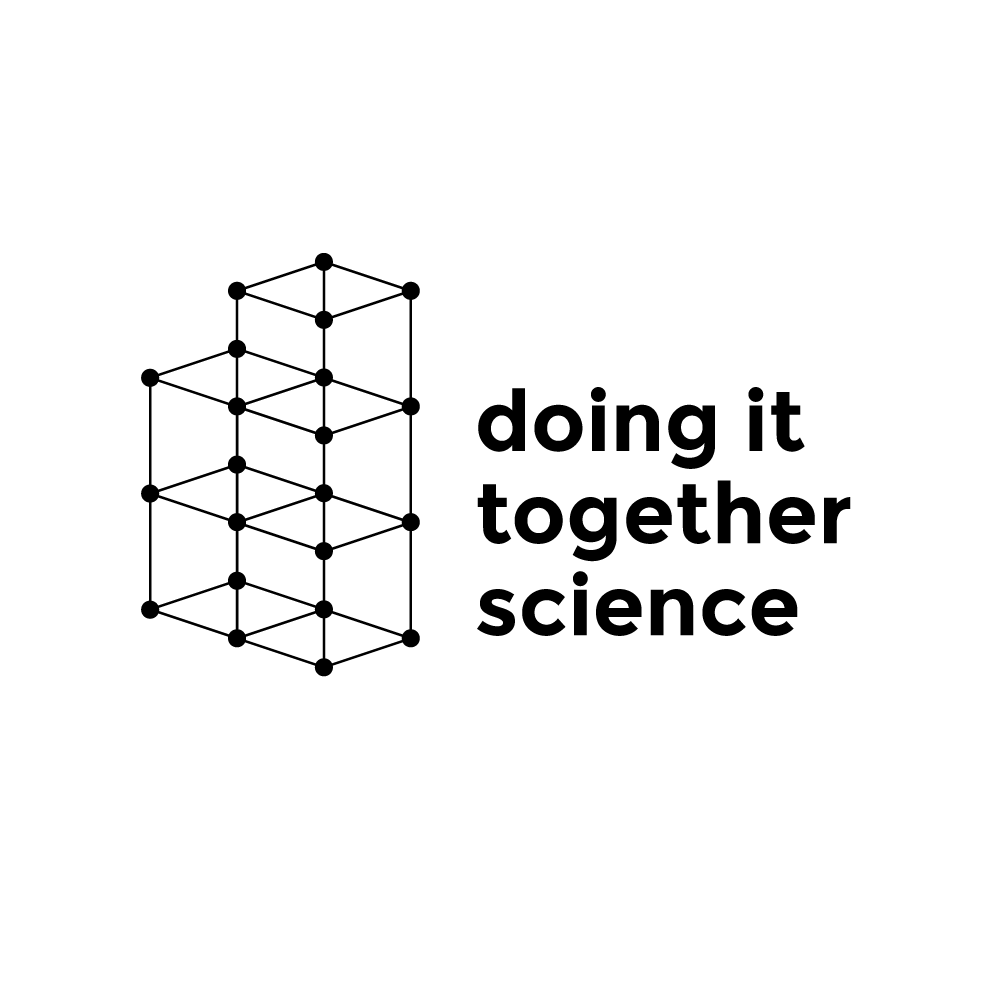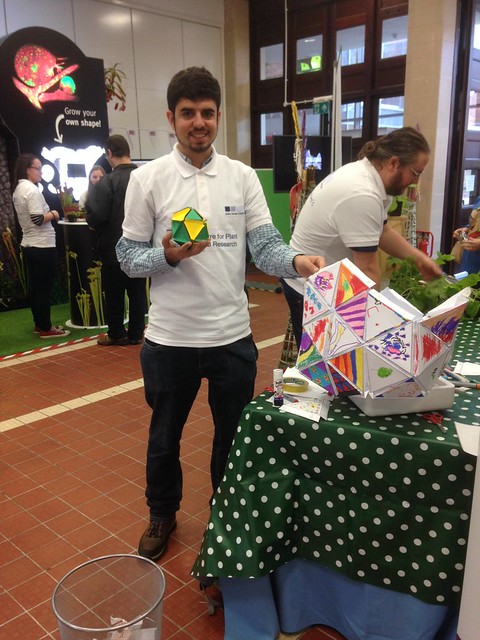By Sami Stebbings
Once a month something amazing happens at the London Science Museum, and last month our collaborative team from OpenPlant, the SAW Trust, the University of East Anglia (UEA) and graphic recorder Rebecca Osborne, got to be part of it.
On the last Wednesday of every month, the London Science Museum opens its doors late into the evening to welcome adults to an engaging and free evening out, as part of the Science Museum Lates.
Each evening is themed around a different science topic, attracts around 4,000 guests per night and offers a relaxed atmosphere where you can walk around with a drink in hand whilst talking science.
This month’s theme was ‘The year of the engineer’ and we brought the synthetic biology edge to the night with our ‘Engineering Natural Products’ stand. With the help of Dr Richard Bowater (University of East Anglia), Hannah Griffiths (John Innes Centre) and of course DNA Dave, visitors were taken on a journey from the discovery of DNA through to how scientists engineer biological systems.
Our enthusiastic public engagement volunteers, Jenni Rant and Sami Stebbings (SAW Trust) and John Innes Centre PhD students' Hannah Griffiths and Shannon Woodhouse.
Our stand told the story of avenacin, a triterpene that is found in the roots of oat plants and helps make the plant resistant to fungal diseases. By understanding how these plants produce avenacin from the instruction in their DNA, we explored how scientists can engineer other biological systems to mimic their production. For example, can we transfer these genes from oat plants, into other crops, such as wheat which have no natural antifungal protection?
Guests had a plethora of activities to take part in, from our ‘Fishing for DNA’ activity, Avenacin Pathway puzzle, to getting up close and personal with an avenacin molecule using VR. They also had a chance to get hands on and infiltrate tobacco plants and see fluorescing oat seedlings!
With a steady stream of people throughout the night, the evening was a great success (not only because there was gin bar)! A massive thank you to all our collaborators who helped pull our stand and activities together, as well as the fantastically organised, London Science Museum team.
In was a great event to be part of and we hope to return to another Lates event sometime in the future!

![[Closes 24 Nov 2107] Apply now to the OpenPlant Fund!](https://images.squarespace-cdn.com/content/v1/54a6bdb7e4b08424e69c93a1/1509564315902-TUO4I6QRWI9TT8UGSIAJ/OpenPlantTwitter_400x400+%281%29.jpg)

![[Closes 7 Mar 2017] OpenPlant Research Associate (Haseloff Lab)](https://images.squarespace-cdn.com/content/v1/54a6bdb7e4b08424e69c93a1/1486552818859-FH76MCA8SMFU93WB85RX/OpenPlantTwitter_400x400.jpg)



















